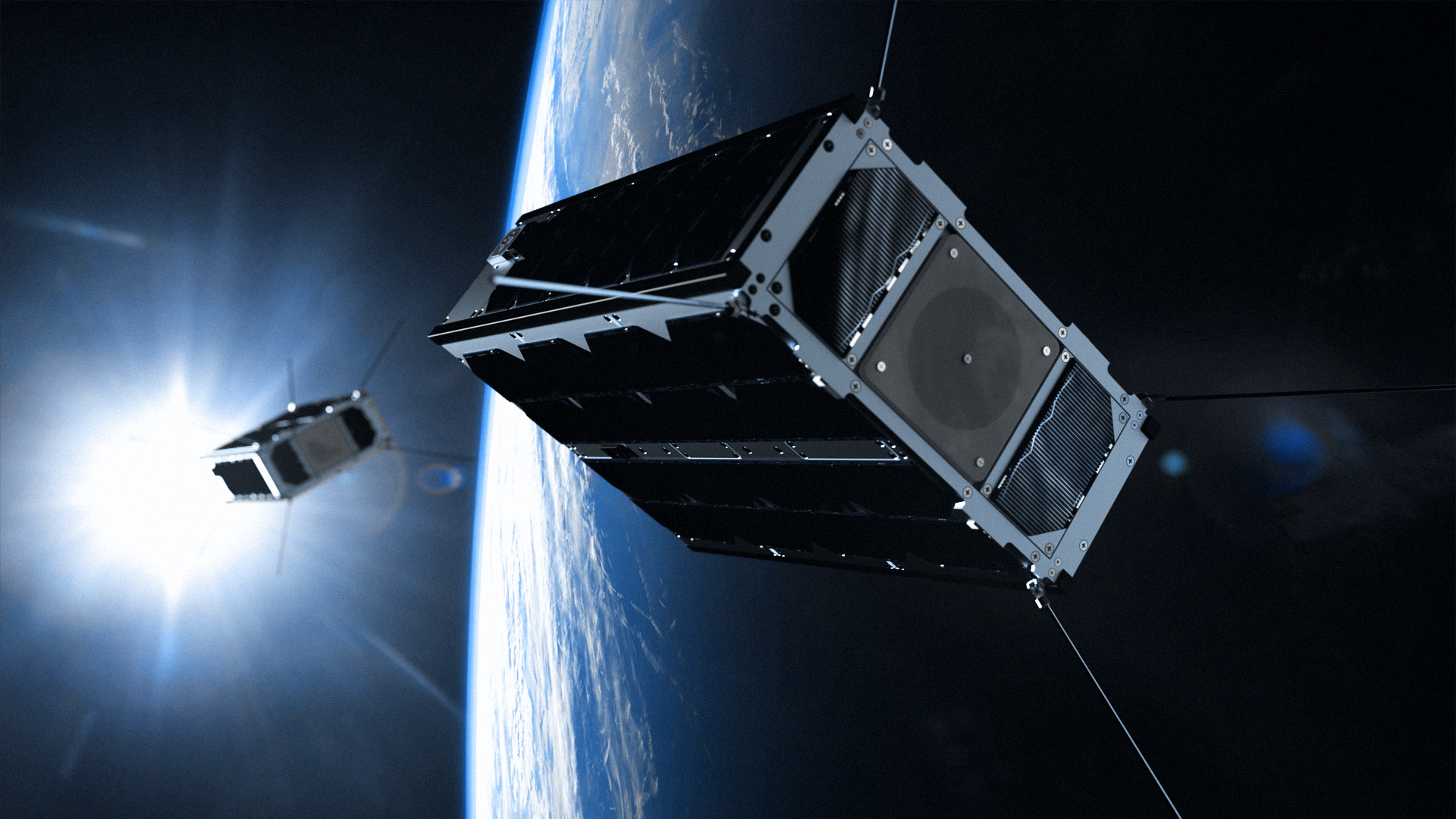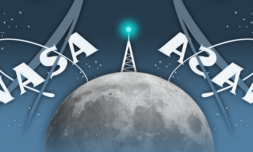A satellite the size of a cereal box is using AI to remove clouds from orbit imagery and pinpointing disasters faster than ever before.
On September 2nd, a satellite that looks a little like a desktop PC was shot into orbit, it’s original task being to monitor the state of polar ice and soil moisture as climate change continues to impact our planet’s delicate ecosystems.
However, a month into deployment the PhiSat-1’s onboard AI systems are proving extremely versatile and researchers are discovering new uses for it every week. With its initial launch hindered by a faulty rocket, two hurricanes at ground stations in South Korea and French Guiana, and – of course – the global pandemic, the European Space Agency and Irish robotics firm Ubotica have spent over a year drafting some ambitious ideas, and they’re real keen to make up for lost time.
The pair are particularly excited by the satellite’s ability to snap and relay high resolution images of Earth from orbit. Granted, that in itself isn’t anything revolutionary, but the integrated AI is eliminating a long-spanning obstacle from the process – cloud coverage.
Covering around 67% of the planet’s atmosphere, clouds are a pretty significant visibility issue and have been a thorn in the side of astronomers for decades, but the PhiSat-1’s talent of spotting and scrapping useless samples could save a ton of processing power and time.




















